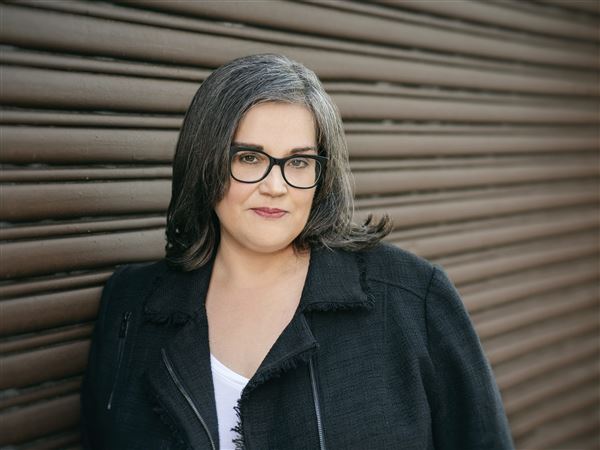BRADENTON, Fla. — Charlie Morton will buck a nasty springtime trend of injury and recovery today when he pitches against the New York Yankees in Tampa. Fla.
Morton spent the 2013 spring recovering from Tommy John ligament replacement surgery, which prevented him from participating in exhibition games and delayed his first start until June. In 2012, one year after Morton found new effectiveness and confidence with a lower, more natural arm slot, he lagged behind the rest of the pitchers due offseason hip surgery.
“I was able to do pretty much everything from the get-go [this year],” Morton said. “All my normal exercises, weight training, all that stuff, pretty much started mid-November.”
Before injury, there was ineffectiveness. In 2011, he entered spring on the heels of a 2-12 record and 7.57 ERA in 2010, far removed from the guaranteed rotation spot Morton now enjoys.
Morton, 30, a right-hander, will join Francisco Liriano and Gerrit Cole in a rotation that teamed in 2013 with a stellar bullpen to lead an average offensive team to 94 wins and the playoffs.
Morton, however, views the rotation as a collection of individuals who need to perform when called upon.
“It may look different from the outside looking in,” he said.
“What we do is we try to get ready to pitch when we’re given an opportunity to pitch.”
Morton enters this season with slightly more than five years of major league service, meaning he could have tested free agency after last season. Considering the contracts doled out to pitchers this winter — $24 million for three years of Phil Hughes, four years and $49 million for Ricky Nolasco, four years and $50 million for Matt Garza — Morton could have found a nice offer.
But Morton wanted to remain in Pittsburgh, and the Pirates realized his value was only going up, so the two sides agreed to a three-year, $21 million extension with an option for 2017.
“I guess the fact that I signed this past offseason, it changed things,” Morton said. “It changed my perspective a little bit.
“It allows me to focus on the game and not just the results and how they’re going to affect my future, long, long term. It’s more about me going out and doing my job to win for the team. In that sense, there’s some relief.”
Even so, Morton said, the contract created some pressure.
“Obviously, there’s some expectation there,” he said.
“It’s an opportunity for me to obviously add some financial security, but, at the same time, I feel like I have to earn it.”
Morton proved he could in a six-start span last summer. He allowed eight earned runs in 411⁄3 innings for an ERA of 1.74. He pitched at least six innings in each start, finishing seven innings in four, and did not allow more than two runs in any game.
“No different than any other time where there was success, where you would call it consistent performances,” Morton said.
“What allowed me to do that was doing what I do best consistently.”
What Morton does best is throw a two-seam, sinking fastball that dives down and in against right-handers and away from left-handers.
Among pitchers with at least 110 innings pitched in 2013, Morton’s 62.9 percent ground-ball rate was the highest in Major League Baseball. When the sinker works, it accentuates Morton’s curveball, which he has thrown more often over the past two seasons.
It was at its best last season.
“The difference is the consistency and what allows you to do that is having a consistent approach, sticking with what’s working and what’s worked in the past,” Morton said.
Morton likely will pitch only an inning or two today. The outing will have little to no bearing on his performance this season.
Its significance comes not from the results but from the timing.
Finally, in late February, Morton is ready to pitch.
First Published: February 27, 2014, 2:19 a.m.
Updated: February 27, 2014, 11:57 a.m.














